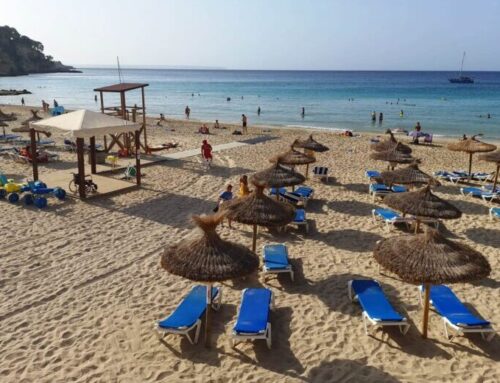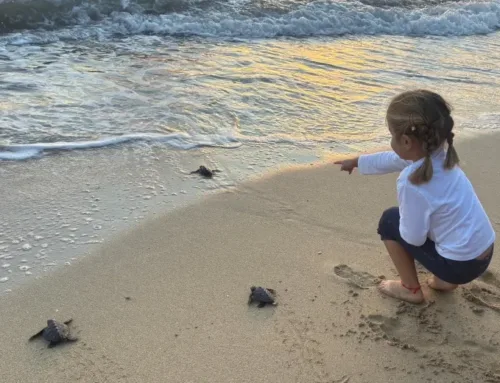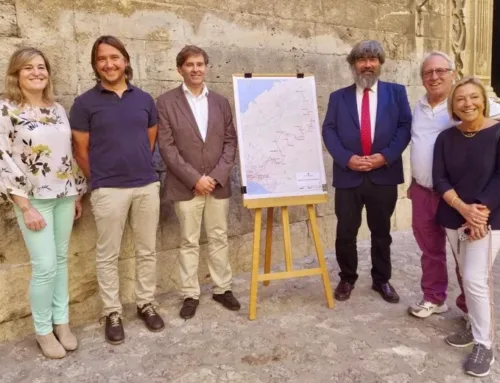Mallorca’s water reserves stood at 56% of their capacity in July. This is 7 points more than in the same month of the previous year, when they were at 49%. In the islands as a whole, in July these reserves stood at 55%, 6 points more than in July 2022. In Menorca, from last year to this one, the figure has risen from 43% to 51%. In the case of Eivissa, it is the only island to suffer a drop in bookings, from 55% to 40%.
In the last month, 8 Demand Units of the archipelago fell: Menorca, Artà, Manacor-Felanitx, Migjorn, Palma-Alcúdia, Tramuntana Nord, Tramuntana Sud and Eivissa. UD es Pla remains unchanged and UD Formentera moves up. Also noteworthy is that, from July 2023, the drought index of Formentera is obtained from the meteorological drought index SPEI (Standardized Precipitation Index) calculated by the AEMET.
The most significant decreases are those of the Units of Menorca, Manacor-Felanitx, Migjorn, Tramuntana Nord, Tramuntana Sud and Eivissa. Only 2 DU (Artà and Formentera), representing 6.3% of the territory, are in a situation of normality (above 0.5). Almost the entire territory (93.7%) is in a pre-alert situation.
As for the Demand Units, the same scenario as last month is maintained. The 7 Demand Units, Menorca, Artà, Manacor-Felanitx, Palma-Alcúdia, Tramuntana Nord, Tramuntana Sur and Formentera, are in a scenario of normality, while the remaining 3 Demand Units, Migjorn, es Pla and Eivissa, are in pre-alert.
Record-breaking temperatures
According to AEMET data, rainfall for the month has been scarce on all islands, 1.6 l/m² vs. 5.2 l/m² of the historical average (69% less). By islands: in Mallorca 1.9 l/m² vs 5.7 l/m², in Menorca 0.8 l/m² vs 5.1 l/m², in Eivissa according to data from the Agencia Estatal de Meteorologia, it has been an extremely warm month in the Balearic Islands with an average temperature of 27.3 °C and an anomaly of 2.4 °C. There have been absolute temperature records and high minimum temperatures in many stations on the islands.







Leave A Comment